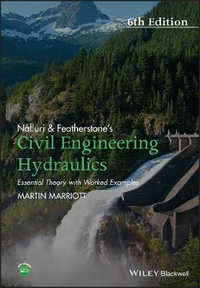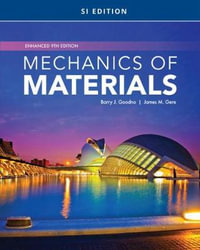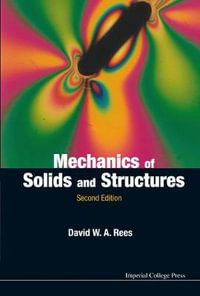
Advances in Understanding Thermal Effects in Rubber
Experiments, Modelling, and Practical Relevance
By: Gert Heinrich (Editor), Reinhold Kipscholl (Editor), Jean-Benoît Le Cam (Editor)
Hardcover | 15 October 2024
At a Glance
Hardcover
$317.33
Aims to ship in 7 to 10 business days
ISBN: 9783031710551
ISBN-10: 303171055X
Series: Advances in Polymer Science
Published: 15th October 2024
Format: Hardcover
Language: English
Number of Pages: 338
Publisher: Springer Nature B.V.
Dimensions (cm): 23.39 x 15.6 x 2.06
Weight (kg): 0.65
Shipping
| Standard Shipping | Express Shipping | |
|---|---|---|
| Metro postcodes: | $9.99 | $14.95 |
| Regional postcodes: | $9.99 | $14.95 |
| Rural postcodes: | $9.99 | $14.95 |
How to return your order
At Booktopia, we offer hassle-free returns in accordance with our returns policy. If you wish to return an item, please get in touch with Booktopia Customer Care.
Additional postage charges may be applicable.
Defective items
If there is a problem with any of the items received for your order then the Booktopia Customer Care team is ready to assist you.
For more info please visit our Help Centre.























